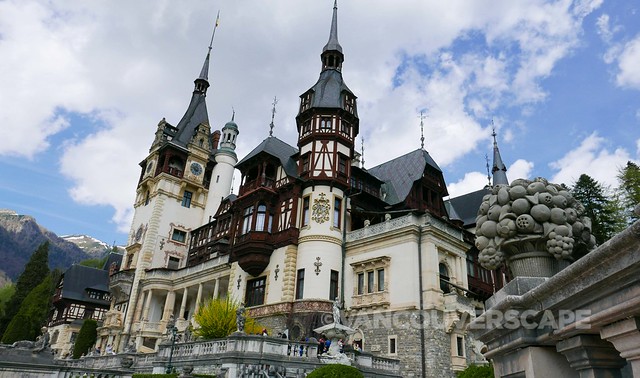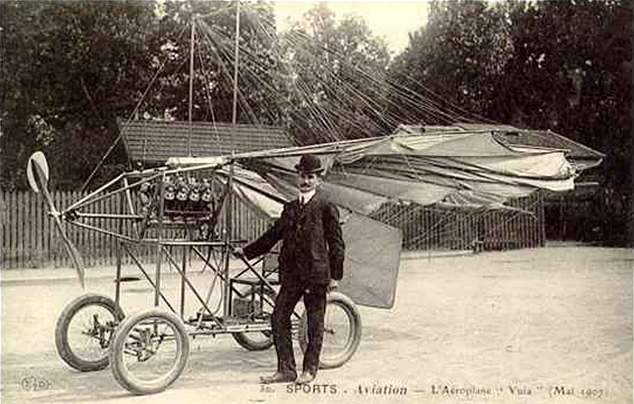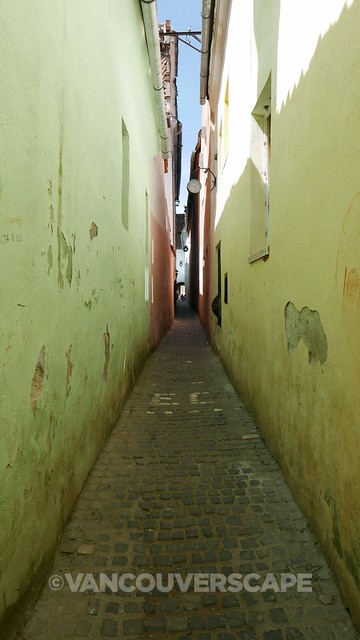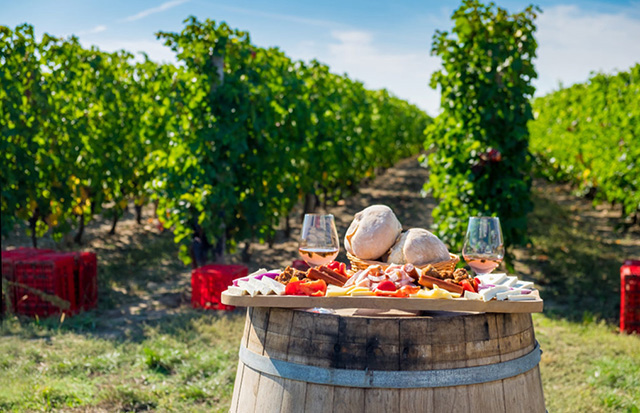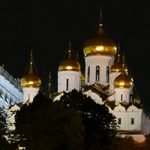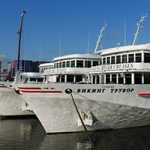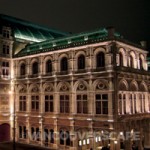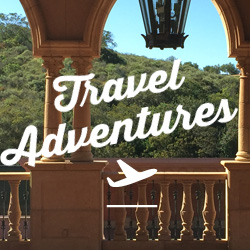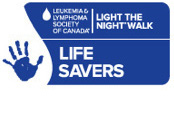We’ve yet to step foot inside Romania, but we’re currently on an Eastern European Viking River cruise and our trip will wind down in capital city Bucharest, so we’ve done plenty of research to get the best experiences while we’re there.
In case you’ve not yet visited Romania, we’ve put together a list that shows just how varied and fascinating this country can be. I can assure you, it was hard to narrow down the list to 20!
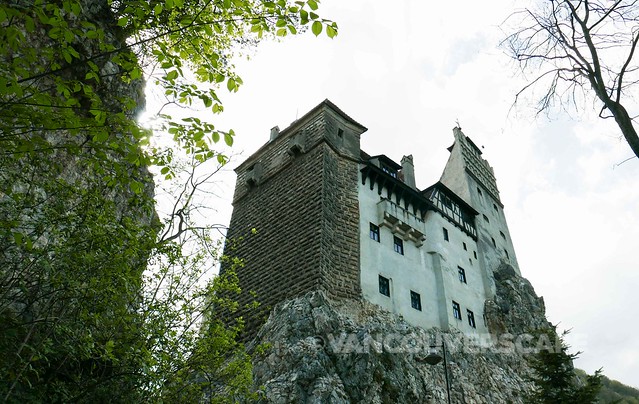
[Bran Castle, the fabled inspiration behind Bram Stoker’s Dracula]
Transylvania was first referenced in a Medieval Latin document dating to 1075 as Ultra Silvam (Ultra means “beyond” or “on the far side of” and Sylva (Sylvam) means “wood or forest”).
The real Dracula (Vlad Draculea), nicknamed Vlad Tepes (Vlad the Impaler), was a Romanian prince and military leader who fought bravely against the invading Turkish army in the mid 1400’s. Count Dracula (the Vampire) was created by Irish writer Bram Stoker in 1897.

[Dacia; photo by fusion-of-horizons on Flickr]
The Roman capital of Dacia, Ulpia Traiana Sarmizegetusa, was built during the time of Roman Emperor Trajan.
Romania is the largest country in Southeastern Europe, roughly the same size as the United Kingdom and slightly smaller than Oregon.
1,350 floral species have been recorded in Romania’s Carpathian Mountains, including the yellow poppy, Transylvanian columbine, saxifrage and edelweiss.
The mighty Danube River flows 1,788 miles from its springs in Germany’s Black Forest to the Black Sea. Just before reaching the sea, it forms the Danube Delta – second largest and best preserved in Europe – 2,200 square miles of rivers, canals, marshes, tree-fringed lakes and reed islands.
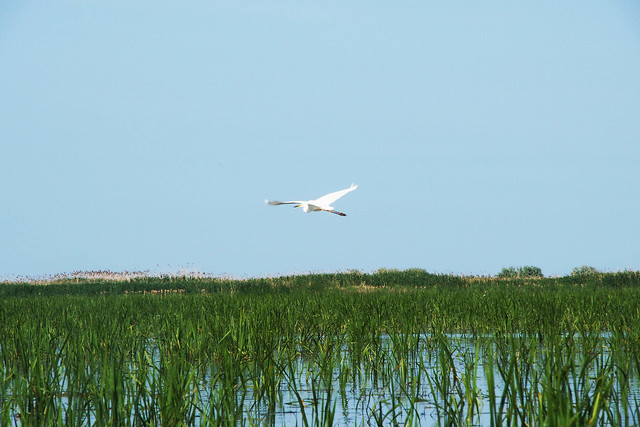
[Danube Delta; photo by the_quick_nick on Flickr]
The Danube Delta is a final resting place for gravel and sediment washed form the Alps and is a wildlife enthusiast’s paradise (especially for bird watchers). It’s home to the world’s largest reed bed and hosts rare species of plants and animals, including endangered sturgeon, otters, wildcats and European mink.
The second largest underground glacier in Europe (in terms of volume) is in Transylvania. The 3,500-year-old Scarisoara Glacier (located in the Bihor Mountains) has a volume of 2,649,000 cubic feet (75,000 cubic meters). The 154-foot deep entrance shaft leads to some impressive 20-foot-high ice stalagmites. Best part: the ice cave is open to the public.
In 1906, Romanian Inventor Traian Vuia was the first European to successfully build and pilot a fully self-propelled, fixed-wing ‘automobile airplane’.
The first substance proved to have a normalizing effect on blood sugar levels (pancreatine, insulin’s predecessor) was discovered by Romanian physiologist/professor of medicine, Nicolae Paulescu.
In 1924, Romanian physicist Stefania Maracineanu was the first scientist to identify artificial radioactivity, proving it was possible to produce artificial nuclear radiation.
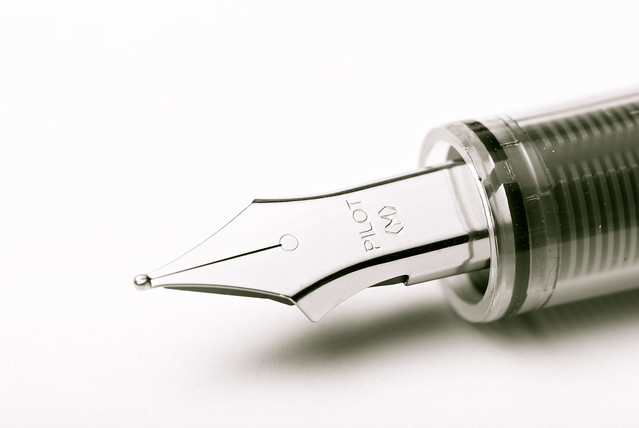
[Fountain pen; photo by Vestman on Flickr]
The first fountain pen was invented by Craiova-born Petrache Poenaru (1799-1875). His valuable invention was patented in May, 1827.
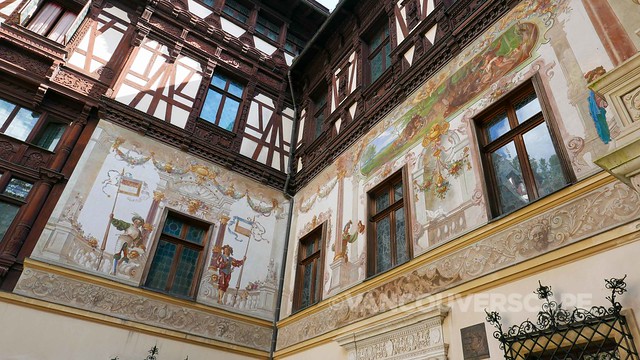
[The storybook walls inside Peleș Castle]
Peleș Castle (top and above photos) was the first European castle entirely lit by electrical current, produced by the castle’s own plant. Peles castle’s central heating and vacuuming systems, built in 1883, are still in use today.
The Danube’s Black Sea canal, located in southeast Romania, is the world’s third longest man-made navigation route, following the Suez and the Panama Canals. The first plans to build the canal were made in late 1830’s however construction only began in 1975.
Romanian, a language that’s 1,700 years old, is currently spoken by over 25 million people.
Brasov is home to one of the narrowest streets in Europe: Rope Street (Strada Sforii). Less than four feet wide, it connects Cerbului Street with Poarta Schei Street. Strada Sforii was initially used as an access route by firefighters.
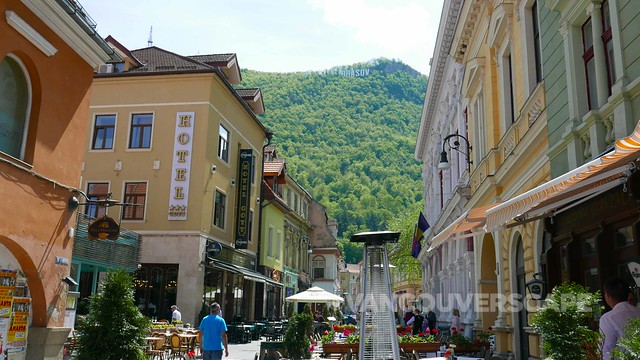
[Brasov; look towards the top for the town’s “Hollywood” sign]
Sibiu, Romania’s Astra Museum is the second-largest outdoor museum in the world. It contains over 300 buildings as well as watermills and windmills, gigantic presses for wine, fruit and oil, hydraulic forges and structures representing village architectural styles from many regions of Romania.
Dadaism, 1920’s modernist Dada movement, was co-founded by Romanian artists Tristan Tzara and Marcel Iancu.
The mini-series Hatfields & McCoys starring Kevin Costner and Bill Paxton was filmed in Romania in 2012.
Romania and wine began their relationship 4,000 years ago (in 2,000 BC) when the Greeks arrived from the Black Sea, making it one of the world’s oldest viticulture regions.
Romania is the ninth largest wine producer in the world. 11 indigenous grape varieties not found anywhere else in the world are still produced by a handful of Romanian wine growers.
